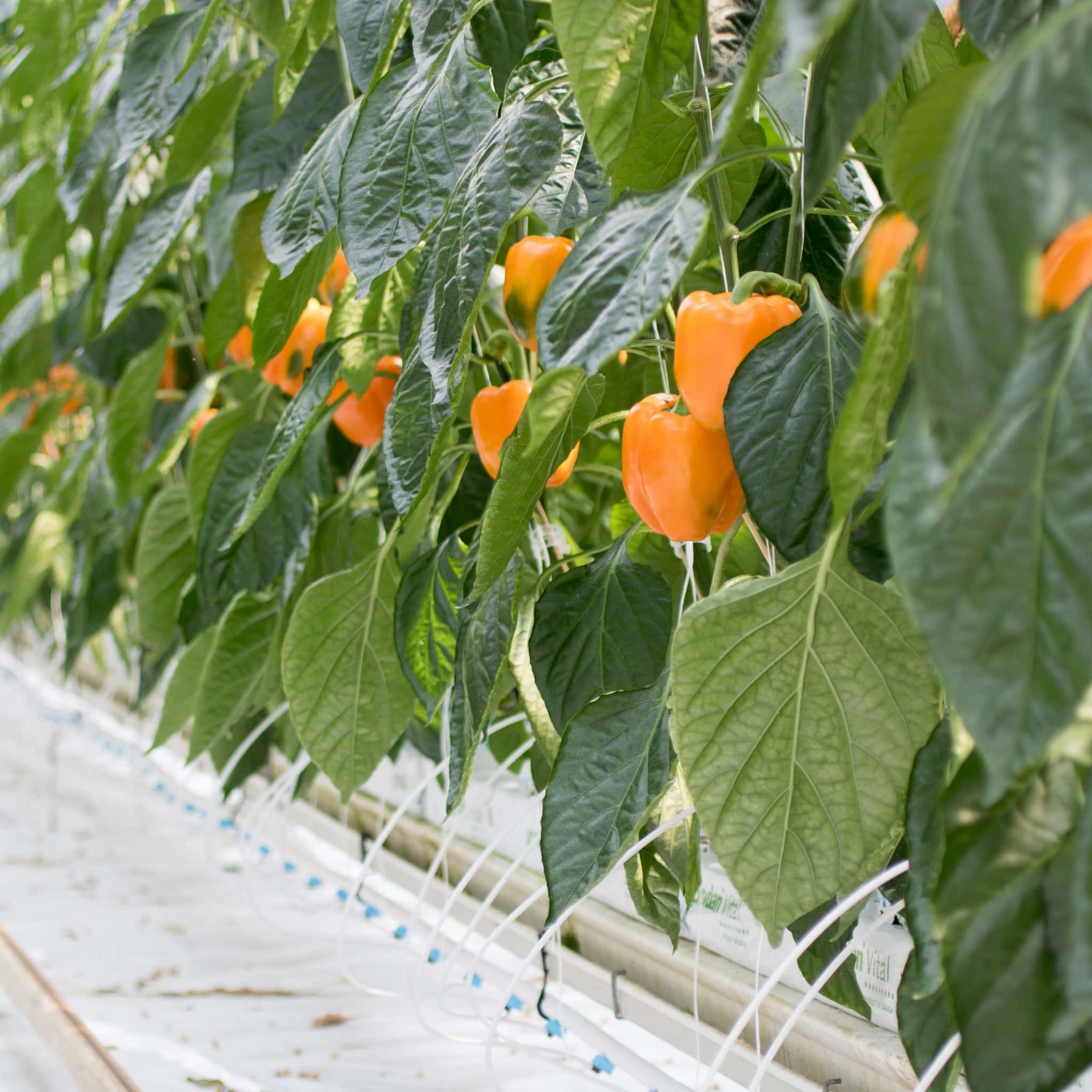Greenhouse grown vegetables are emerging as nutritional powerhouses in the food industry, especially as consumers become more conscious of where and how their food is grown. Leveraging controlled environments, these crops offer not only consistency and freshness but a rich nutritional profile that rivals — and often surpasses — their field-grown counterparts. From enhanced vitamin retention to fewer contaminants, greenhouse grown vegetables are redefining what it means to eat healthy in a modern, sustainable way.
Greenhouses protect plants from extreme weather, pests, and soil degradation while allowing growers to optimize light, temperature, humidity, and nutrients. This meticulous approach yields vegetables with improved taste, texture, and most importantly, nutritional value. Controlled environments mean crops are harvested at peak ripeness, ensuring they retain their full spectrum of vitamins, minerals, and antioxidants when they reach consumers. A study published in the Journal of Food Composition and Analysis found that vegetables harvested at optimal ripeness — a standard in greenhouse growing — can contain significantly higher levels of vitamin C and other antioxidants compared to prematurely harvested field crops
Greenhouse grown produce also minimizes the need for post-harvest chemical preservatives. Since these vegetables often go directly from harvest to store shelves with minimal transportation lag, they require fewer chemical treatments. This means consumers are getting produce closer to its natural state — vibrant, nutrient-dense, and lower in harmful residues. Additionally, because greenhouse crops are less reliant on pesticides and herbicides, they carry lower toxic load, which can support long-term health by reducing the accumulation of endocrine disruptors and carcinogens in the body.
One of the most compelling benefits is the higher concentration of specific nutrients like lycopene, beta-carotene, and lutein in vegetables like tomatoes and peppers. Greenhouses allow growers to tailor light spectrums using LED technology, enhancing the biosynthesis of these compounds. Research from Wageningen University in the Netherlands demonstrated that greenhouse grown tomatoes exposed to specific light wavelengths contained up to 60% more lycopene — a potent antioxidant linked to heart and prostate health — than conventionally grown tomatoes.
Greenhouse systems also allow for soil-free cultivation methods like hydroponics and aquaponics, which further reduce the risk of soil-borne diseases and contamination with heavy metals. With a carefully balanced nutrient solution delivered directly to roots, vegetables absorb exactly what they need, resulting in more efficient uptake of potassium, magnesium, calcium, and other essential minerals. This precision enhances not only yield but also nutritional consistency, row after row.
Moreover, greenhouse grown vegetables are often richer in phytonutrients — plant compounds that provide anti-inflammatory and immune-boosting benefits. Because the greenhouse environment can be manipulated to simulate mild plant stress (such as fluctuating temperatures or varied light exposure), plants respond by producing more phytonutrients as a natural defense mechanism. These same compounds offer powerful benefits to human health, particularly in reducing oxidative stress and chronic inflammation.
For urban consumers, greenhouse grown vegetables present the added benefit of shorter farm-to-fork timelines. Local greenhouses can distribute vegetables to regional grocery stores or direct-to-consumer delivery programs within hours of harvest, meaning less degradation of water-soluble vitamins like folate and vitamin C.
With fewer inputs and smarter growing methods, greenhouse operations can better preserve micronutrient density while promoting sustainability. This aligns with the growing consumer demand for food that supports both human health and planetary wellbeing. In addition to superior nutrition, greenhouse grown vegetables require less water, generate fewer emissions, and can be produced year-round — eliminating the seasonal nutrition gaps that often plague colder regions.
The bottom line is that greenhouse grown vegetables are not only fresher and safer but often denser in the nutrients that matter most for immune function, cardiovascular health, and long-term disease prevention. Their production methods ensure consistency, transparency, traceability and optimal harvest timing — making them a smart choice for health-focused consumers seeking maximum nutritional impact with every bite.




